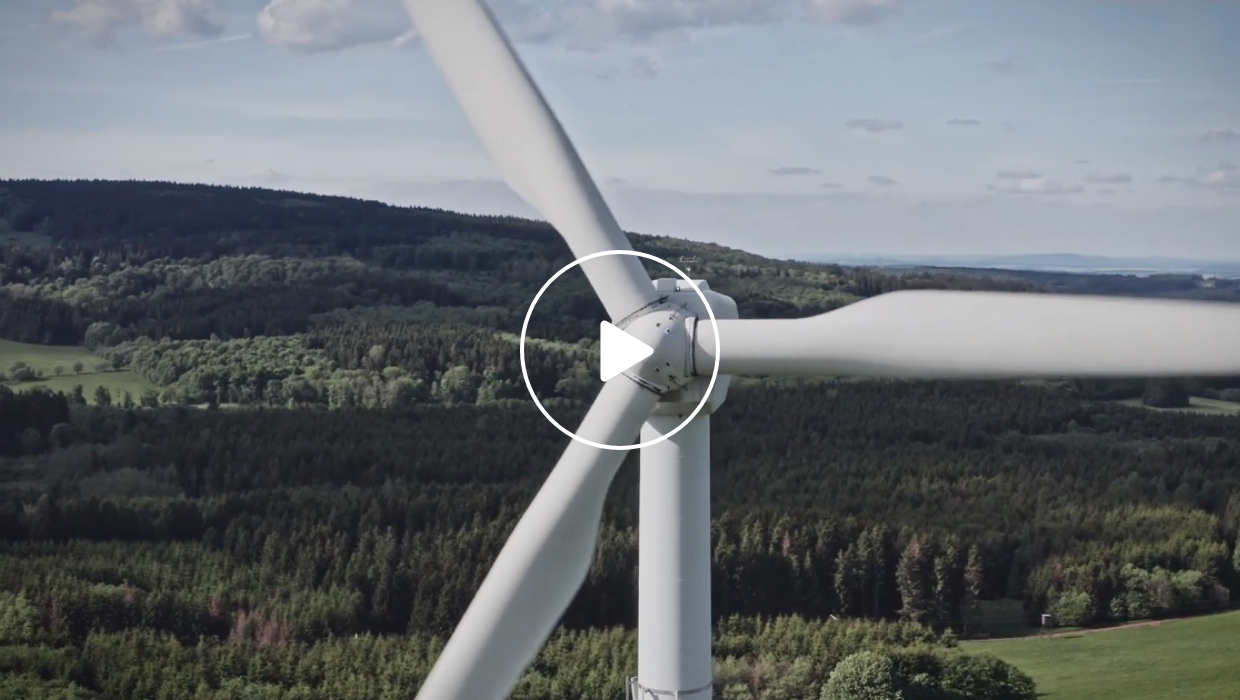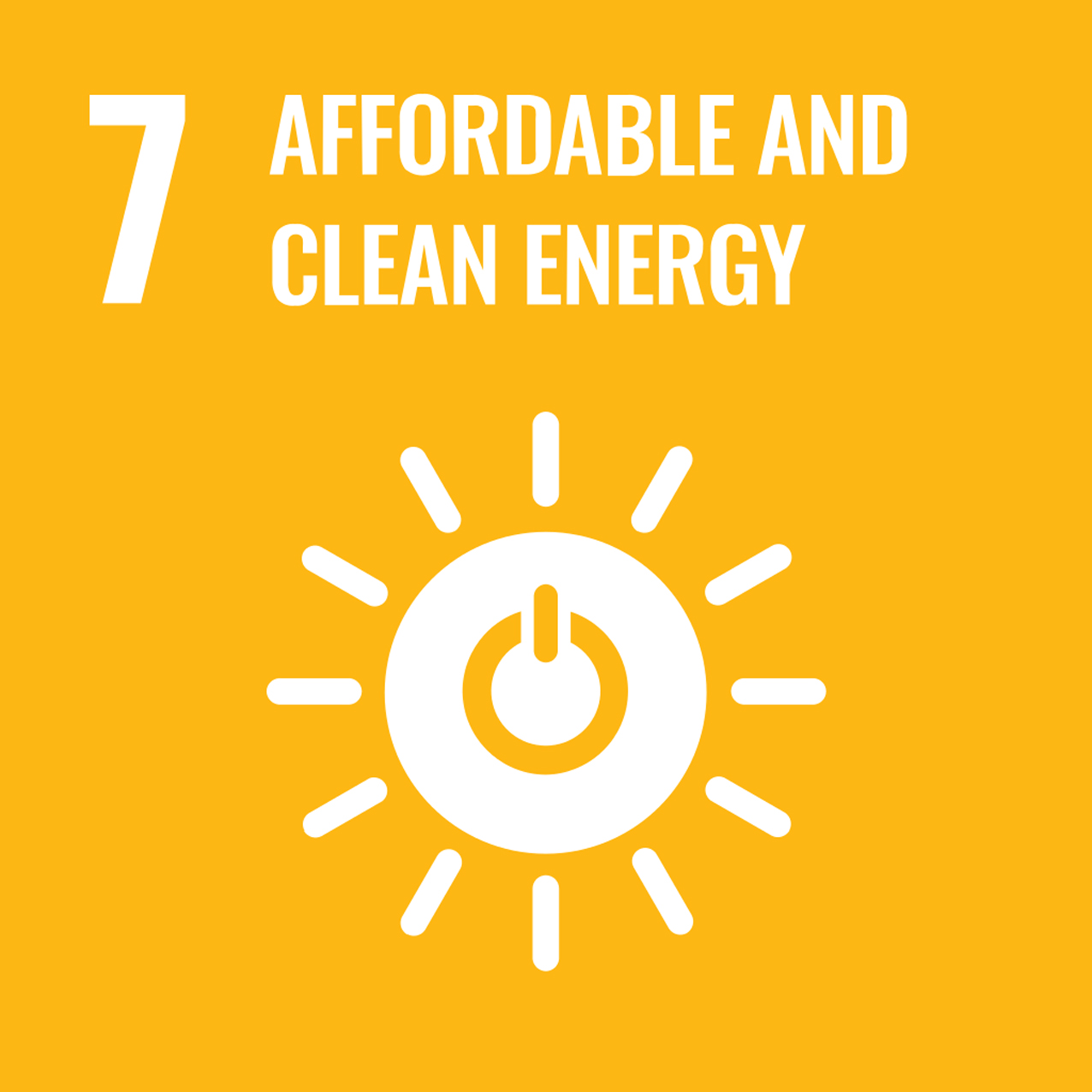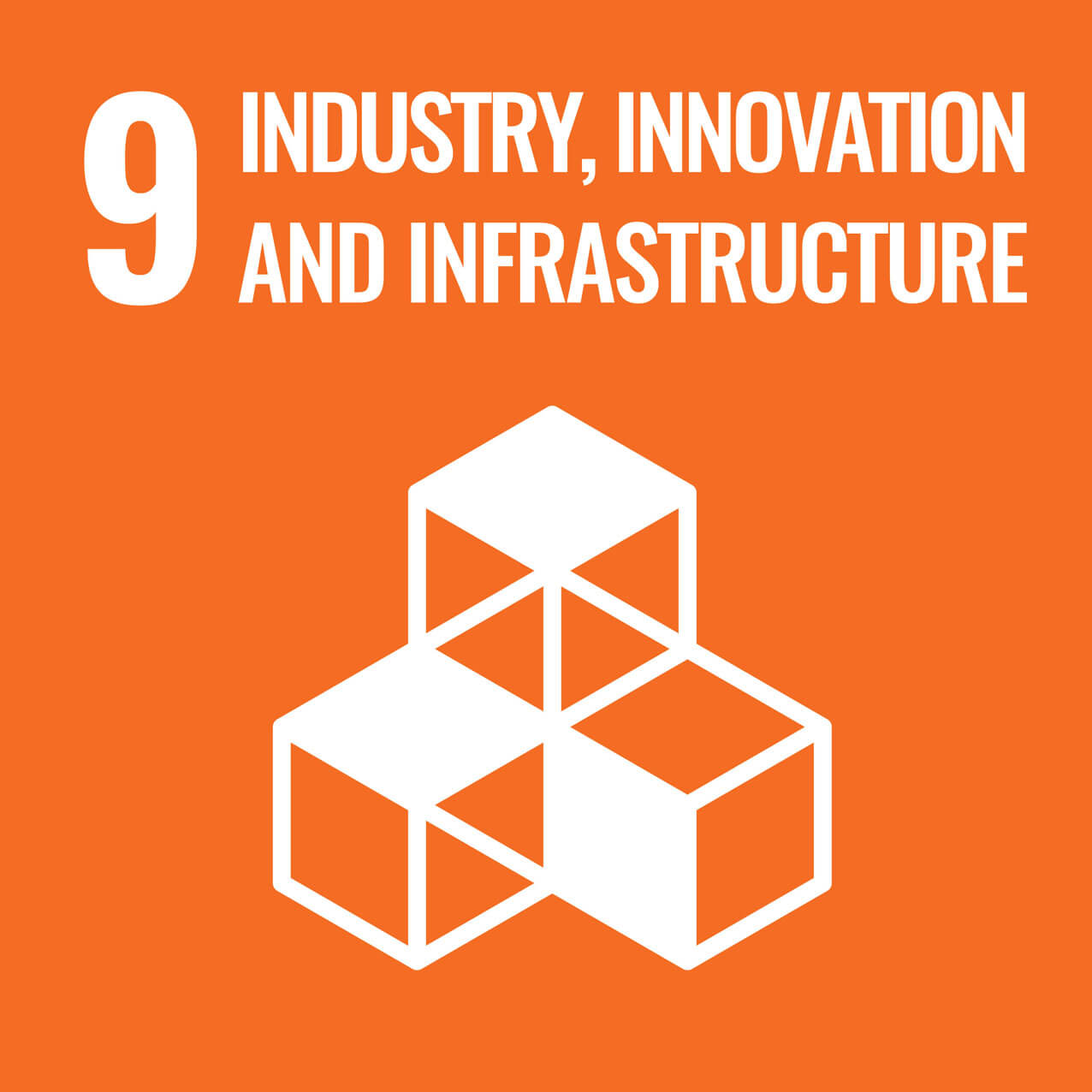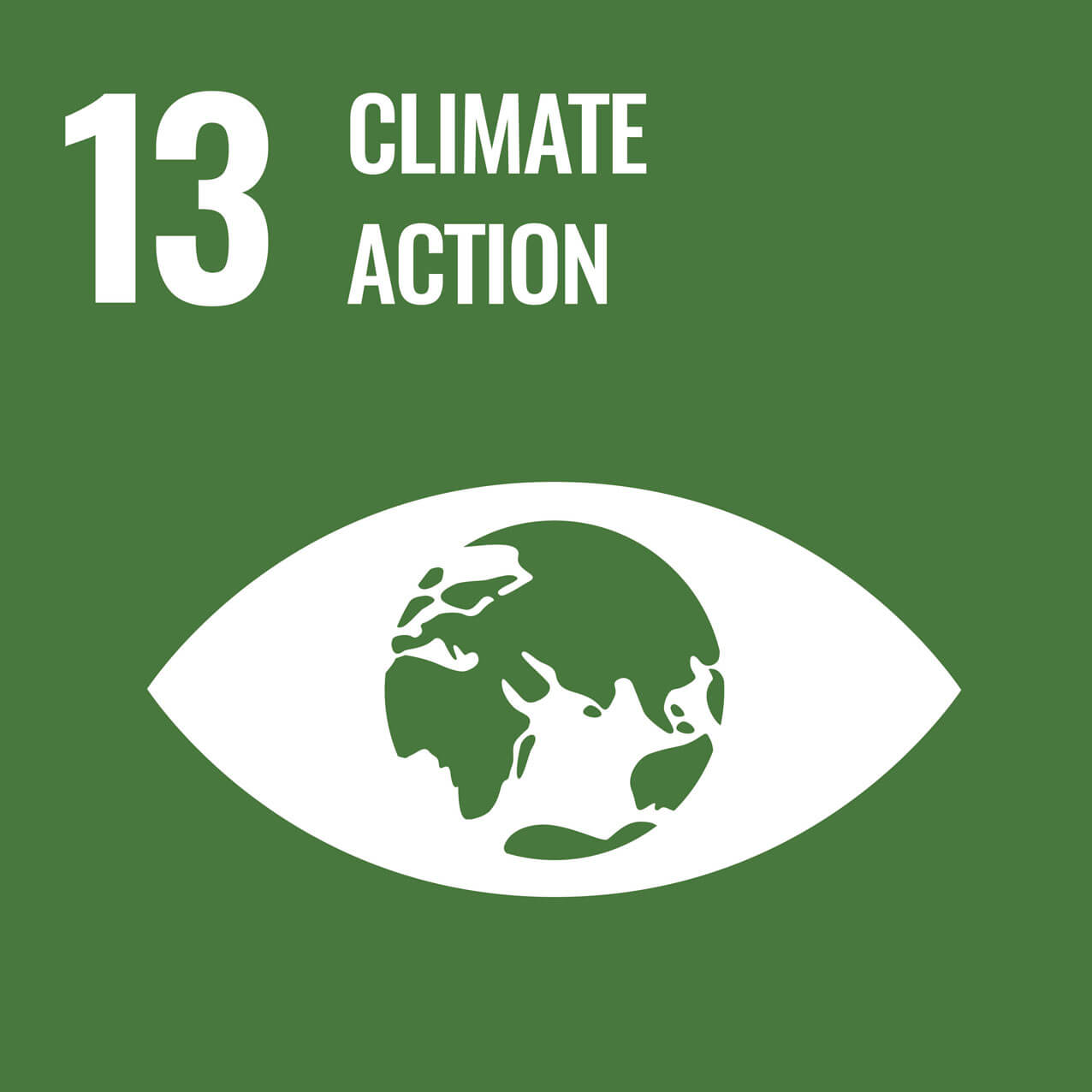Riblet Processing — A Technological Innovation for Aircraft Leading Toward Achieving Carbon Neutrality
highlight
The information on this content is as of June 2023.
Riblets are artificial microstructures that resemble shark skin. By applying riblets to aircraft fuselages, turbine blades of wind turbines, gas turbines, and jet engines, and other applications, it is expected to improve energy efficiency, lower costs, and reduce CO2 emissions.
Nikon contributes to realizing a sustainable society by utilizing its proprietary laser-processing technology to apply riblets to a wide variety of products.

 Sustainable Technology Inspired by Shark Skin
Sustainable Technology Inspired by Shark Skin Expanding Future Possibilities for Riblet Processing
Expanding Future Possibilities for Riblet Processing Demonstration Experiments with ANA Green Jet Featuring Special Livery
Demonstration Experiments with ANA Green Jet Featuring Special Livery Special InterviewCorporate Leaders Speak About "Inter-Industry, Business-to-Business Collaboration" to Achieve a Sustainable Future
Special InterviewCorporate Leaders Speak About "Inter-Industry, Business-to-Business Collaboration" to Achieve a Sustainable Future
Sustainable Technology Inspired by Shark Skin
The surface of a shark's skin is covered with microscopic scales invisible to the naked eye. It is believed that the shape and arrangement of these scales in a riblet-like pattern reduces the effect of turbulence, allowing sharks to swim with great speed and efficiency.
Riblet processing mimics the surface structure of such skin by creating a series of microscopic grooves on the surface of a material to reduce frictional resistance when it moves through water or air. Research into this technology began in the late 1970s and has been incorporated into products such as swimwear for athletes. The development of such innovative technologies from ideas inspired by the evolution of the natural world is known as biomimetics.
Video: "Power of light technologies"

With applications that can change the world, Nikon's optical technologies offer endless future possibilities for industry.
Learn about the material-processing solutions pioneered by Nikon. (1min. 57secs.)
Expanding Future Possibilities for Riblet Processing
As sustainability is one of the most important social issues today, the use of riblet processing is being explored among a variety of business sectors requiring energy efficiency. In addition to areas that are already utilizing this technology such as aircraft, race cars, and wind turbines, it has expanded to applications including gas turbines, propeller-driven aircraft, drones, pumps, household appliances, and other diverse products. Nikon works with external companies that are involved with such products to provide a full range of services, from estimating the effects, to experiments verifying the effects on clients' products, to mass-production processing.

Demonstration Experiments with ANA Green Jet Featuring Special Livery
The ANA (All Nippon Airways) Group has been pursuing ESG management that considers the environment, society, and governance, to realize a sustainable society and to enhance corporate value. The "ANA Future Promise" was established in June 2021, to develop initiatives for promoting the familiarity of ESG to customers. As part of these initiatives, the operation of two "ANA Green Jet" with Nikon's unique riblet films attached, began on October 5th, 2022. The riblet films are installed near the wing root area and upper fuselage surface where air currents are strong, to verify their durability and other technical features for facilitating practical application. If riblet films can be applied to all of ANA's 300 aircraft, it is estimated that it would improve fuel efficiency by 2%, consequently reducing jet fuel consumption by the equivalent of approximately 260 25m swimming pools (worth 8 billion Japanese yen in monetary terms) and cut CO2 emissions by 300,000 tons annually.



■Expected effects if riblet films are installed on all 300 ANA aircraft




【Calculation conditions】Assumed values based on various conditions such as analytical reduction effect of 6.17% x 80% processing of fuselage surface x 90% flight time at cruising altitude, etc. when applied to all aircraft in the current fleet. (Nikon's calculated values)
Corporate Leaders Speak About "Inter-Industry, Business-to-Business Collaboration" to Achieve a Sustainable Future

(At left) Toshikazu Umatate, Representative Director and President of Nikon
The ANA Group is committed to realize a sustainable society and to enhance corporate value through simultaneously creating social and economic value with its business activities in four key areas — the Environment, Human Rights, Regional Revitalization and Diversity, and Equity & Inclusion (DEI).
In its Medium-Term Plan released in April 2022, Nikon announced its Vision 2030 of "being a key technology solutions company in a global society where humans and machines co-create seamlessly", and to proactively develop businesses in two areas of value proposition, "Industry" and "Quality of Life (QOL)".
Koji Shibata (President and CEO of ANA Holdings) and Toshikazu Umatate (Representative Director and President of Nikon Corporation), both corporate leaders of corporations that continue to take on challenges toward creating a sustainable future, spoke about the role of the companies and vision for realizing a sustainable society.
Nikon's Revolutionary Riblet Film Solution
Supports Carbon Neutrality Aims for ANA Green Jet

Umatate: First, I would like to congratulate the ANA Group for winning the Minister of Land, Infrastructure, Transport and Tourism Prize at the 31st Grand Prize for the Global Environment Award with their "ANA Future Promise" and "ANA Green Jet" initiatives.
The ESG Management that the ANA Group is committed to, such as the "ANA Green Jet" project, in which ANA is conducting a demonstration test of our riblet film, is very impressive, and the way in which they are continuously implementing such socially significant initiatives is truly the work of professionals.
Shibata: Thank you. For us in the airline industry, promoting decarbonization and realizing carbon neutrality are pressing issues. Every company is taking different initiatives, but what I am most anticipating is technological innovation. The riblet films that were provided to us are truly an innovation solution. Currently, there are two ANA Green Jets with these films installed, and after thorough verification testing to confirm their effectiveness, we would like to expand their use to our other aircraft.

Umatate: As a practical application of riblets, swimwear with a ribbed surface appeared about 20 years ago, which was a groundbreaking moment in the history of competitive swimming. However, we are still facing many challenges in the practical application of riblets.
Even for our company's riblet processing, the real challenge has yet to come. When we introduced the idea of "let's try using lasers to do machining in a way that has never been done before!" while searching for a new business area, it was an employee that had learned about riblet related technology at school that suggested utilizing laser processing to create microstructures.
At first, I was a little surprised, but as it is based on the principle of the surface of shark skin, in other words a biological mechanism, it was an interestingly good topic to delve into. For the practical application of the riblet films, it is necessary to continue to verify not only their durability, but also the processing and shaping, which are more effective from the ESG perspective. By looking at these issues and working on them from a long-term perspective, we believe that as a company we can fulfill our aspiration to contribute to society through our business.
Since aircraft have multiple surfaces, they require a very high level of technology, such as through optimally matching the various different parts, but as we are a company that brings value through technology, the harder the challenge is, the more enthusiastic we become about it.
Social Contribution as a Company Through ESG Management

Shibata: The promotion of ESG Management was raised in the ANA Group's 2023 to 2025 fiscal year Medium-Term Management Plan, and within it, it's clear that environmental issues have high importance to us in the airline industry. First, we should use all the methods and ideas available for controlling CO2 emissions. We also plan to actively use Sustainable Aviation Fuel (SAF) and Negative Emissions Technologies (CO2 removal technologies that capture, absorb, store, and immobilize CO2). We also need innovations to make these technologies more effective for aircraft, so this riblet film is a very attractive new technology.
I've been a fan of Nikon's cameras since I was young, and now that I've come across this riblet film, I'm even more impressed with Nikon's high quality and technology in other areas as well. I am very much looking forward to its success.
Umatate: Nikon is originally a machine manufacturer, focusing on products and services with added value. Because of the nature of our business, our response to energy and environmental issues has been focused on making improvements within our own business activities. However, to respond to the growing importance of these issues amid society's rapidly changing needs, we are attempting to solve social issues by taking advantage of the light-utilizing and precision technologies we have developed over the years. Riblet processing is a very obvious example, but there are many other areas where we can deliver great value, such as by creating heartwarming feelings through our Imaging Products Business, helping people maintain their health through our healthcare business, and providing solutions to energy and environmental issues through our electronics business, including our precision equipment business. We continue to discuss as a company about how to provide even more value in various areas.
Shibata: Don't you feel as if you are getting away from your everyday life, and become excited whenever you board an airplane? As I mentioned earlier, I'm a big fan of Nikon cameras, and just touching one makes me feel excited. Nikon products bring this sort of feeling to its users. I hope that Nikon will continue to create such exciting products. I look forward to it.
Related SDGs
SDGs: Sustainable Development Goals
In 2015, the international community adopted a set of targets for sustainable development, to be achieved by 2030. The 17 global goals address issues such as poverty, hunger, education and climate change.
Photography: Akira Fukazawa
- *Excluding top image and image of riblet film
Highlight
- Riblet Processing — A Technological Innovation for Aircraft Leading Toward Achieving Carbon Neutrality
- Contributing to advances in medical and life sciences through synergies with universities and research institutions
- Reusing semiconductor lithography systems to reduce waste
- Supporting children’s education in Laos
- Providing solutions for iPS cell-based drug discovery
- Reducing CO2 emissions from lens manufacturing process through technology
- Product Manufacturing and Social Contributions through Sharing Our Vision with Procurement Partners
- Fostering “Image Culture” through the Nikon Photo Contest A Conversation with those Inspired by Photography
- Worldwide employee training: ensuring Nikon remains a company that people trust
- Superior quality born from a collaborative production process



